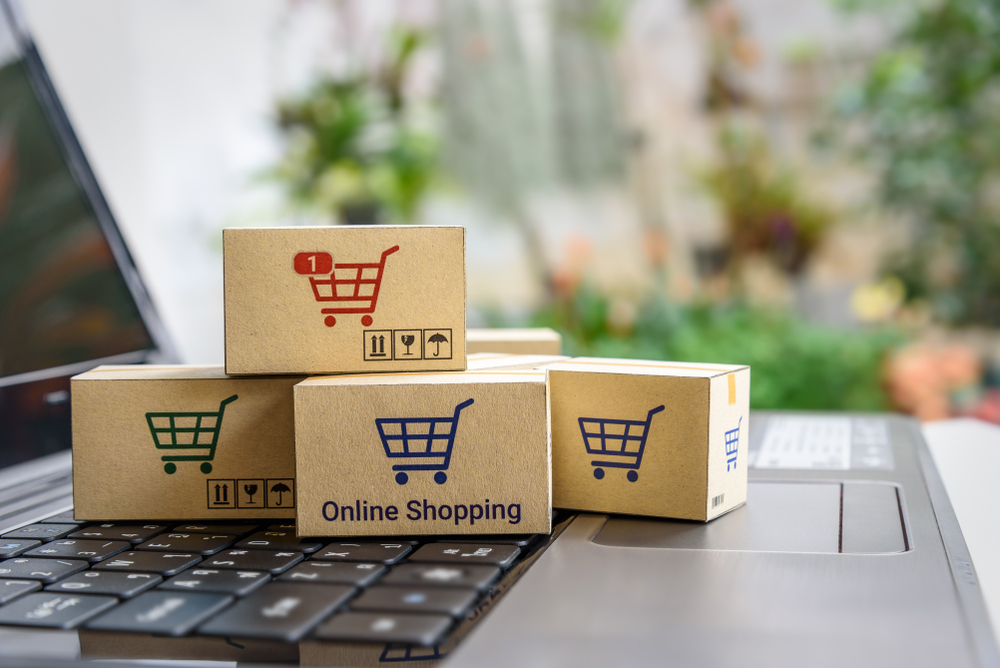
The conversion rate is a key performance indicator (KPI) that you can use to measure your ecommerce sites performance and success. Understanding how many of your website visitors fulfil the desired action is necessary to ascertain what you’re doing right and what needs to be improved.
An ecommerce marketing strategy generally has two goals. The first is to find customers and attract them to your website and the second is to get them to go through with a purchase once they reach your website. Product conversion techniques focus on the second part of this process. In simple terms you are trying to encourage shoppers who are interested in your product to visit your website and once there, the next focus should be to convert them from an “interested party” into an actual customer through product conversion optimisation.
For all ecommerce businesses, new or well established, one of the most important marketing objectives is to obtain a higher product conversion rate because this means your ROI from your marketing investment will be higher. You might, for example, spend £300 on advertising on Facebook but then find you only create £250 in sales. However if you spend your advertising budgets on better converting products you could convert that £250 into £2500 of sales.
In this way, conversion rates enable ecommerce businesses to accurately identify the success of marketing strategies and identify various actions taken by consumers throughout their buying journey.
There could be a number of reasons why customers don’t commit and convert their visit to your website with a purchase. Having an understanding of these reasons allows you to anticipate and avoid certain mistakes from happening again. The key is how you rectify the mistakes in order to improve your conversion rate and grow your business.
The price of your product can determine whether or not the visitor to your site goes through with their purchase. If they are not willing to pay the price you are asking for the product you are offering then this could lead to lost conversions. Your product pricing needs to be competitive and good value for quality in order to boost conversion rates. However, pricing too low will not help. Shoppers may question why the price is low and lead them into thinking that the product they are considering is of poor quality and not what they are looking for. Your pricing strategy also needs to be uncomplicated and easy to understand.
The delivery options and the prices involved play a key role in converting customers to purchase your product. The options should be a balance between the convenience and price. Ideally you’ll want your customers to be able to pay more for faster delivery, or to receive cheaper (sometimes free) delivery in exchange for a standard/longer delivery period. If the customer reaches this stage in their purchasing journey, you should hope to have already sealed the deal so careful consideration is required here.

A returns policy will offer your customers peace of mind that should anything go wrong or they do not receive what they were expecting, that they have the option to return it. You just display your returns policy clearly on your website and it’s a good idea to have it on both the main homepage and on individual product pages. It’s best to keep it visible rather than hide it down the page.
Being upfront with a returns procedure will address any uncertainty the customer may have with regards to purchasing from your website. If you have a high quality product or service, don’t hesitate to offer a strong returns guarantee. Any claims brought in by a small percentage of your customers will be greatly offset by the increase in conversions and revenue.
Poor quality images will put shoppers off straight away. Imagine buying a product online only for it to arrive and look nothing like the image displayed on the website where you bought it.
The best option is to use high quality, professionally taken photographs that will really spotlight your product. It’s also best practice to use more than one image, so add as many as you can as this will give your customers the most accurate portrayal of your product so that they can fully understand what it is they are buying. There’s no reason you can’t use close ups to show textures and materials and lifestyle images are really valuable as they can show your product in use. People are much more likely to purchase items when they know how they will look in real life.
Customers like to know as much as possible about a product they are intending to buy. They need to know all of the key features or benefits of the product in order to make an informed decision about whether the product is right for them. If for instance they are buying a new coat, they want to know that it is fleece lined for additional warmth, it is waterproof or showerproof – perfect for winter, it has an inside pocket for storing valuables plus a windproof outer shell. They will also want to know that it is comfortable and functional and that it is easy to care for and can be machine washed.
Including all of this rather important information in your product description could be the make or break of the conversion, so your product listing should be well populated with as many of these details as possible.
Potential customers want to know how good the quality of the product is in relation to look, feel and touch. Again, your product description should help to portray this by including as much information as possible. For example; a kitchen knife set has been produced from the highest quality, strongest and most durable stainless steel in the world and each knife has been specially handcrafted by professionals using the most up to date technology. The knives are well balanced and have the sharpest cutting edge in this range. This helps your buyer to understand the quality of the product and this information can be backed up with customer feedback and reviews, mentioning awards that the product has won and displaying any quality marks.

Your ecommerce storefront needs to be well designed, attractive, easy to navigate and fully optimised. The connection between perceived quality, value and customer satisfaction is very clear. Ecommerce businesses can benefit from improving their storefront because this can lead to increased levels of perceived value, a high level of satisfaction and enhanced customer loyalty, which in turn is reflected in higher conversion rates.
By understanding the needs and expectations of your customers, you can take steps to ensure that they receive a great user experience to encourage them to go through with the purchase. You need to offer an experience that other competitors can’t. Your branding, logo design and website design should be up to date and relatable and your chosen corporate colours can be used strategically throughout your website. With excellent branding, good reviews and a professional design, your business will be able to stay ahead of the game.
The tips discussed here should help you to identify any key points that could be causing a drop in your conversion rate and help you to rectify them and look for ways to make improvements to your site in order to increase it. Reviewing your website often will help you to create a successful website. To find out how Vertical Plus can help to increase your conversion rate, get in touch.